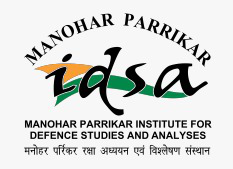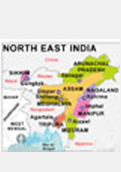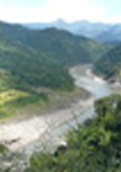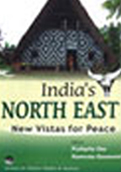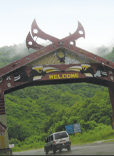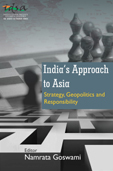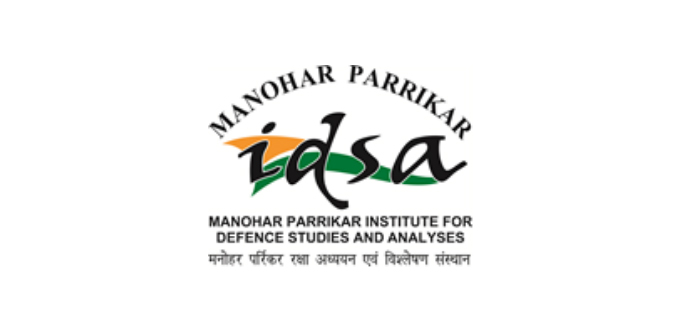Looking “East” Through India’s North East: Identifying Policy “Challenges” and Outlining the “Responses”
This paper throws light on challenges like lack of infrastructure, crisis of insurgency, the disjuncture between the elites and the social base in the North East regarding the “Look East” policy, and the states' incapacities during the implementation process of this policy.
- Namrata Goswami |
- 2009 |
